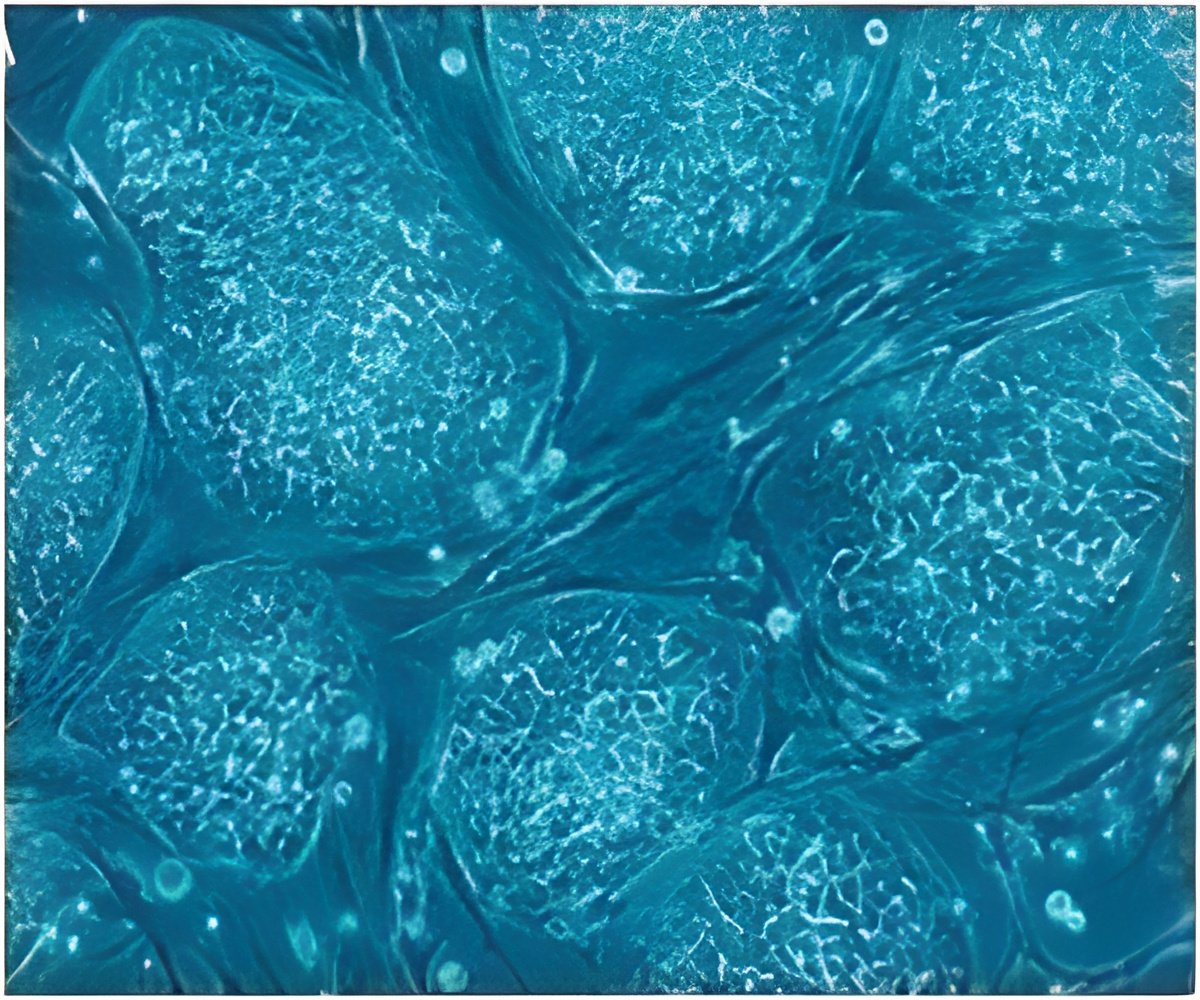Previous research has revealed that adult stem cells replenish the skin, the blood, and the lining of the gut daily.

Just how adult stem cells build the right tissues at the right times and places has remained largely unanswered.
Now, a study by researchers at the Stowers Institute for Medical Research describe a novel system that allowed them to track stem cells in the flatworm Schmidtea mediterranea.
The team found that the worms' stem cells, known as neoblasts, march out, multiply, and start rebuilding tissues lost to amputation.
"We were able to demonstrate that fully potent stem cells can mobilize when tissues undergo structural damage. And these processes are probably happening to both you and me as we speak, but are very difficult to visualize in organisms like us," said Howard Hughes Medical Institute and Stowers Investigator Alejandro Sanchez Alvarado, Ph.D., who led the study.
Stem cells hold the potential to provide an unlimited source of specialized cells for regenerative therapy of a wide variety of diseases but delivering human stem cell therapies to the right location in the body remains a major challenge.
Advertisement
Scientists had first hypothesized in the late 1800s that planarian stem cells, which normally gather near the worms' midlines, can travel toward wounds. The past century produced evidence both for and against the idea. Sanchez Alvarado, armed with modern tools, decided to revisit the question.
Advertisement
The irradiated worms would wither and die within weeks unless Guedelhoefer transplanted some stem cells from another worm. The graft's stem cells sensed the presence of a wound-the transplant site-migrated out of the graft, reproduced and rescued their host. Unlike adult stem cells in humans and other mammals, planarian stem cells remain pluripotent in fully mature animals and remain so even as they migrate.
But when Guedelhoefer irradiated only a part of the worm's body, the surviving stem cells could not sense the injury and did not mobilize to fix the damage, which showed that the stem cells normally stay in place.
Only when a fair amount of irradiated tissue died did the stem cells migrate to the injured site and start to rebuild. Next, Guedelhoefer irradiated a worm's body part and cut it with a blade. The surviving stem cells arrived at the scene within days.
To perform the experiments, Guedelhoefer adapted worm surgery and x-ray methods created sixty to ninety years ago.
Guedelhoefer, currently a postdoctoral fellow at the University of California, Santa Barbara, was able to reproduce and quantify results obtained in 1949 by F. Dubois, a French scientist, who first developed the techniques for partially irradiating planarians with x-rays.
But Guedelhoefer went further. He pinpointed the locations of stem cells and studied how far they dispersed using RNA whole-mount in situ hybridization (WISH), specifically adapted to planarians in Sanchez Alvarado's lab.
Using WISH, he observed both original stem cells and their progeny by tagging specific pieces of mRNA . The technique allowed him to determine that pluripotent stem cells can travel and produce different types of progeny at the same time.
Next, Sanchez Alvarado looks forward to implementing genetic screens and transplantation experiments to disrupt or enhance the cellular behaviours the team observed, to figure out the "rules of engagement" for stem cell migration, he said.
The research has been published in an upcoming issue of Development.
Source-ANI








